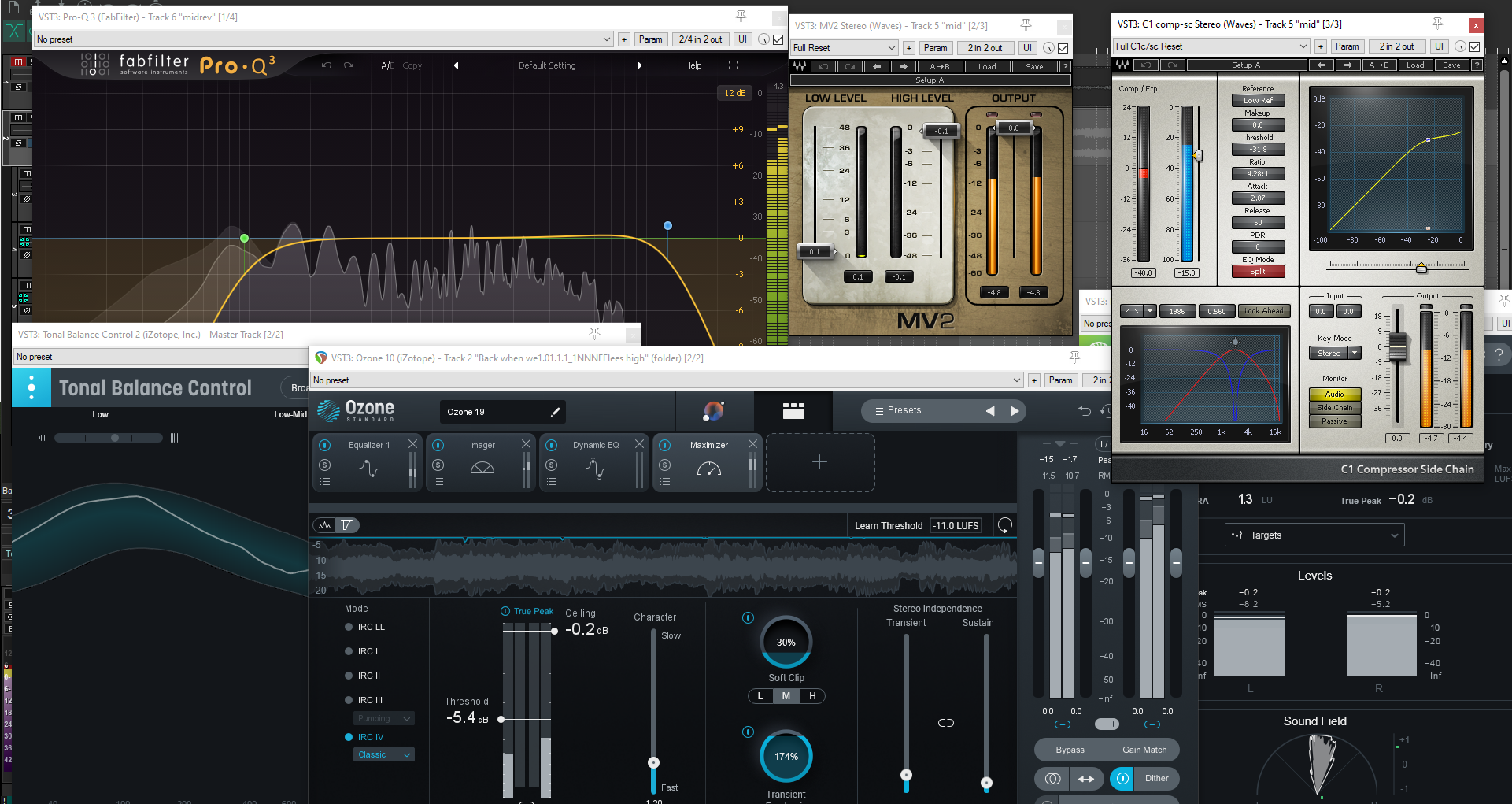VST plugins generally operate within a digital audio workstation (DAW), offering additional functionality to enhance the user’s capabilities. However, there are a few standalone plugin hosts that support VST plugins as well. Most VST plugins fall into two main categories: instruments (VSTi) or effects (VSTfx), although there are other types such as spectrum analyzers and various meters. Typically, VST plugins feature a custom graphical user interface that mimics the controls found on physical audio hardware, such as switches and knobs. Some, particularly older plugins, may rely on the host application for their user interface.
VST instruments often include software simulations of well-known hardware synthesizers and sampler’s. These simulations not only replicate the appearance of the original equipment but also its sonic characteristics, allowing musicians and recording engineers to access virtual versions of devices that might otherwise be difficult and expensive to acquire.
VST instruments receive digital notes via MIDI and produce digital audio output. Conversely, effect plugins receive digital audio and process it before outputting the modified signal. Some effect plugins also accept MIDI input, allowing them to sync with the tempo or modulate the effect based on MIDI messages. Both VST instruments and effect plugins can have their parameters controlled by MIDI messages. Most DAW host applications are capable of routing the audio output from one VST plugin to the input of another, a process known as chaining. For instance, the output from a VST synthesizer can be routed through a VST reverb plugin to apply reverberation effects.
This chaining of VST plugins allows for complex signal processing setups and creative sound design, making VST plugins an essential tool in modern music production and sound engineering.


0 Comments